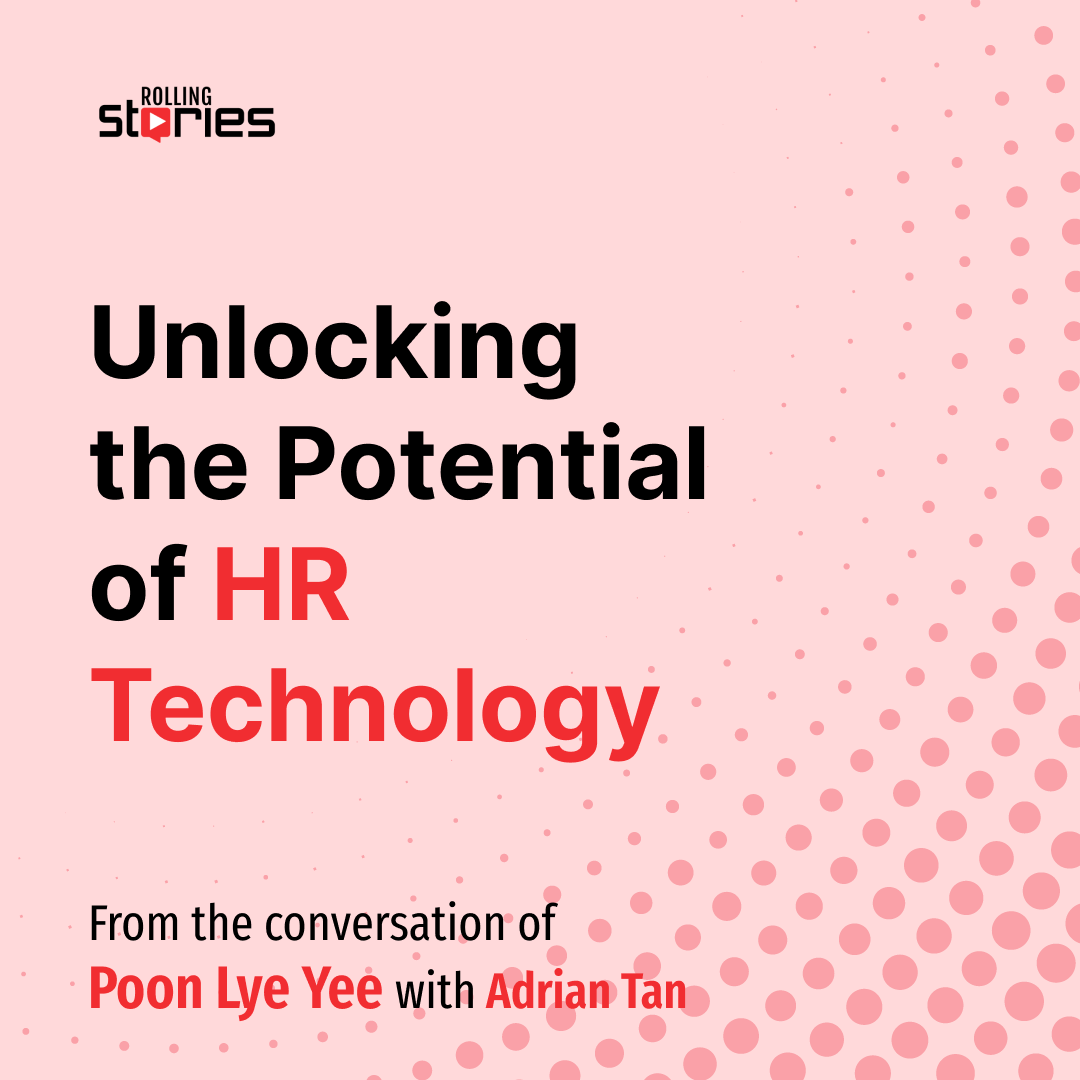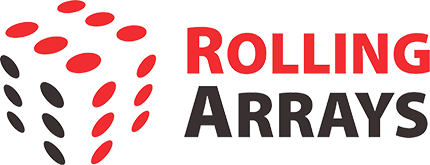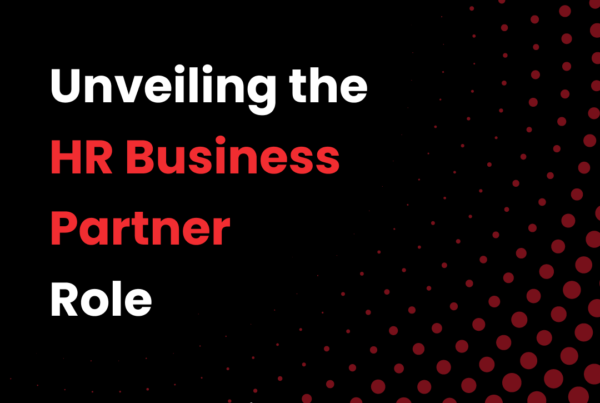
Unlocking HR Technology: Challenges, Pitfalls, and Best Practices
Oct 18 ,2023
Discover the key challenges and best practices for successful HR technology implementation. Learn how to drive user adoption and measure business impact effectively.
Join Adrian Tan and our esteemed guest Poon Lye Yee, Vice President, People Technology at Temasek. We dive into the world of HR tech, discussing crucial topics like adopting agile implementation models, blending human and technical capabilities, selecting the right HR technology solutions, and exploring emerging innovations like AI and skills analytics.
Common Implementation Challenges
Implementing new HR technology often has significant challenges that organisations must navigate carefully. According to experts like Lye Yee, the most frequent issues during HR tech deployment are scope creep and lack of user vision.
Scope creep occurs when business requirements expand throughout implementation, leading to situations where users say the final system does not meet their evolving needs. This happens because organisations cannot envision their needs fully upfront, so requirements change as the project progresses. Strict change management processes can help minimise scope creep.
Lack of user vision stems from consultants failing to communicate system capabilities to end-users adequately. Users cannot envision how the new HR processes will work, the interfaces, and the overall user experience. This results in adoption issues down the line, as users find the system needs to align with their mental model. Showing iterative prototypes and demos during implementation helps users build a vision and provides feedback to consultants early on.
Adopting an agile or hybrid implementation methodology can address these challenges of scope creep and user vision. Instead of a sequential waterfall approach, agile focuses on incremental deliverables, user feedback loops, and continuous improvement. Demonstrating system versions at regular intervals gives users a tangible idea of what they are getting. It allows them to course correct throughout the process, closing the gap between expectations and reality.
Driving User Adoption
Getting end users to adopt and use a new HR technology system is another major challenge that often arises. Even if the system functionally meets business requirements, users can only embrace it if the user experience feels intuitive and resolves their real needs.
Often, organisations focus extensively on system features and functionality during selection and implementation without profoundly understanding users’ workflows and pain points. As a result, users perceive the new system as more of a hindrance than a help. They continue relying on old workarounds like spreadsheets rather than embracing the HR tech tools.
The system becomes an expensive database that captures information but needs to improve processes or empower employees fundamentally. Organisations need to start by clearly defining the core problem statement and use cases from the users’ perspective to drive successful user adoption.
Users must be involved early to articulate their needs and workflows. They must decide to change rather than perceive the new system as being forced on them. Setting clear objectives and success metrics around user adoption can reinforce accountability.
Strong change management is essential through training programs, user testing, and proactive communication. As users get familiar with the system and see value in their day-to-day work, adoption momentum will grow. Sustained engagement, continuous improvements, and advocacy from managers can cement new behaviours over the long term.
Without deliberate efforts to win user buy-in and address adoption barriers, HR technology investments fail to realise their full potential. Placing user perspectives at the centre rather than technology and phasing in change thoughtfully are essential to successful utilisation.
Measuring Business Impact
A crucial but often overlooked aspect of HR technology implementation is measuring outcomes and impact on the business. More is needed to roll out a new system simply – organisations must be able to quantify the value delivered through tangible metrics tied to strategic goals.
This requires first identifying relevant Key Performance Indicators (KPIs) and aligning them to the core objectives of the HR technology project. Standard metrics include cost savings, productivity gains, employee retention and satisfaction, hiring efficiency, training costs, etc. The specific measures will depend on the system’s business case and use cases.
Before implementation begins, organisations should define what success looks like and what numbers they are trying to impact. These targets provide a baseline for measuring progress. Once the system is live, consistent data collection and analysis is vital. The metrics offer insights into what’s working well and what needs improvement.
Challenges like technical bugs and user adoption issues are expected in the initial phases. However, the HR technology will stabilise with continual monitoring and course correction, and the business impact can be tracked against the original success metrics. Regular stakeholder reviews help keep focus on the KPIs and business outcomes.
While this post covers some key highlights, much more wisdom can be gained from discussing with HR technology expert Lye Yee.
Be sure to check out the podcast episode for Lye Yee’s insights on:
- Adopting agile implementation models
- Blending human and technical capabilities
- Selecting the right HR technology solutions
- Emerging innovations like AI and skills analytics
- Key trends and the future outlook for HR tech
This episode provides invaluable lessons and best practices for anyone involved in HR technology – from executives and project teams to end users.
Listen to the entire conversation now to equip yourself with practical knowledge to successfully navigate HR tech in your organisation.
Recent Podcast
About Rolling Arrays
Rolling Arrays has been driving SAP SuccessFactors-led HR Transformation since 2009. The company specialises in SF consulting, implementation, and support and also builds applications to enhance the utility of the SuccessFactors platform. It is committed to designing systems that help its customers to attract, develop and retain talented individuals. In 2021, Rolling Arrays was recognized as one of the top 75 fastest-growing companies in Singapore by The Straits Times & Statista.





